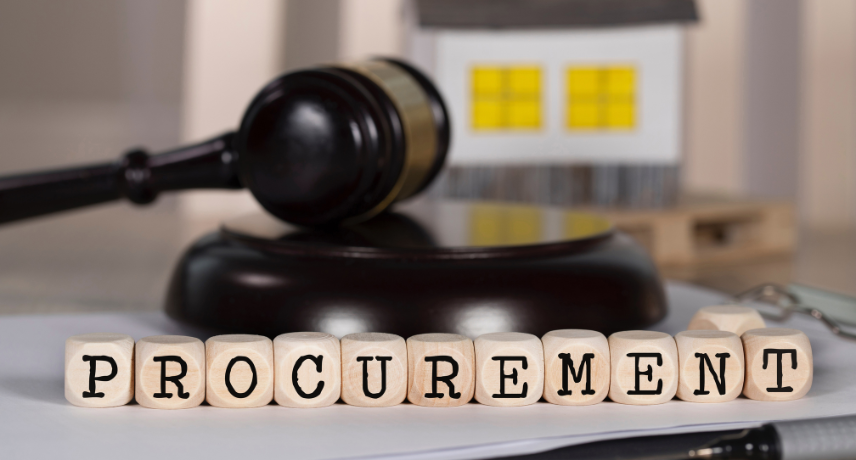
Enquiry Form
Top 7 Procurement Software Trends Shaping 2025: From AI to Autonomous Sourcing
In 2025, procurement is no longer just about placing purchase orders and managing vendors. It's a strategic function empowered by cutting-edge technologies like AI, automation, and real-time analytics. Businesses that adapt to these trends will gain a competitive edge in cost efficiency, risk mitigation, and supply chain resilience. Here are the top 7 procurement software trends shaping 2025 that every procurement leader should know.
1. AI-Powered Supplier Selection
Artificial Intelligence (AI) is revolutionizing how procurement teams evaluate and select suppliers. Modern procurement software now uses AI to assess supplier performance, analyze historical data, and predict future reliability. These tools help procurement managers make faster, smarter sourcing decisions by identifying the best-fit vendors based on quality, delivery times, compliance records, and even market reputation.
2. Predictive Analytics in Procurement
Data is the new currency of procurement. Predictive analytics is becoming a must-have capability in procurement software, enabling teams to forecast demand, anticipate price fluctuations, and manage risks proactively. By leveraging historical data and market trends, organizations can optimize inventory, negotiate better contracts, and avoid costly stockouts or over-purchasing.
3. Autonomous Sourcing Tools
Autonomous sourcing is moving procurement from manual to intelligent automation. Procurement software in 2025 is increasingly equipped with features that automate RFP generation, supplier bidding, contract approvals, and even negotiation processes. This reduces human intervention, accelerates the sourcing cycle, and ensures consistency across the supply chain.
4. ESG & Sustainability Tracking
Environmental, Social, and Governance (ESG) metrics are becoming a priority for procurement teams. In response, procurement software now includes features for tracking sustainability KPIs such as carbon footprint, ethical sourcing, and supplier compliance with labor laws. These tools help companies meet regulatory requirements and align with stakeholder expectations for responsible sourcing.
5. Real-Time Integration with ERP and Finance Systems
Integration is key in 2025. Best-in-class procurement software seamlessly integrates with ERP, accounting, and finance systems to enable real-time data flow. This reduces duplication of effort, improves accuracy, and provides end-to-end visibility from procurement to payment. Finance teams benefit from better spend forecasting, while procurement gains insights into budget alignment.
6. Cloud-Based, Mobile-First Solutions
With distributed workforces and global supplier networks, cloud-based procurement software is now the norm. Mobile-friendly platforms allow procurement professionals to manage approvals, track orders, and communicate with vendors on the go. Cloud systems also ensure scalability, faster updates, and stronger data security.
7. Supplier Risk Management & Compliance Automation
As global supply chains grow more complex, risk management is no longer optional. Procurement platforms in 2025 offer built-in tools to assess geopolitical risks, monitor compliance issues, and automate alerts for contract violations or fraud indicators. These features help mitigate disruptions and ensure regulatory compliance.
Conclusion
Procurement is transforming from a back-office function into a tech-driven strategic powerhouse. Embracing these 2025 trends—AI, analytics, sustainability, automation, and integration—will empower businesses to reduce costs, increase efficiency, and build more resilient supply chains. For organizations aiming to stay competitive, now is the time to invest in next-gen procurement software.